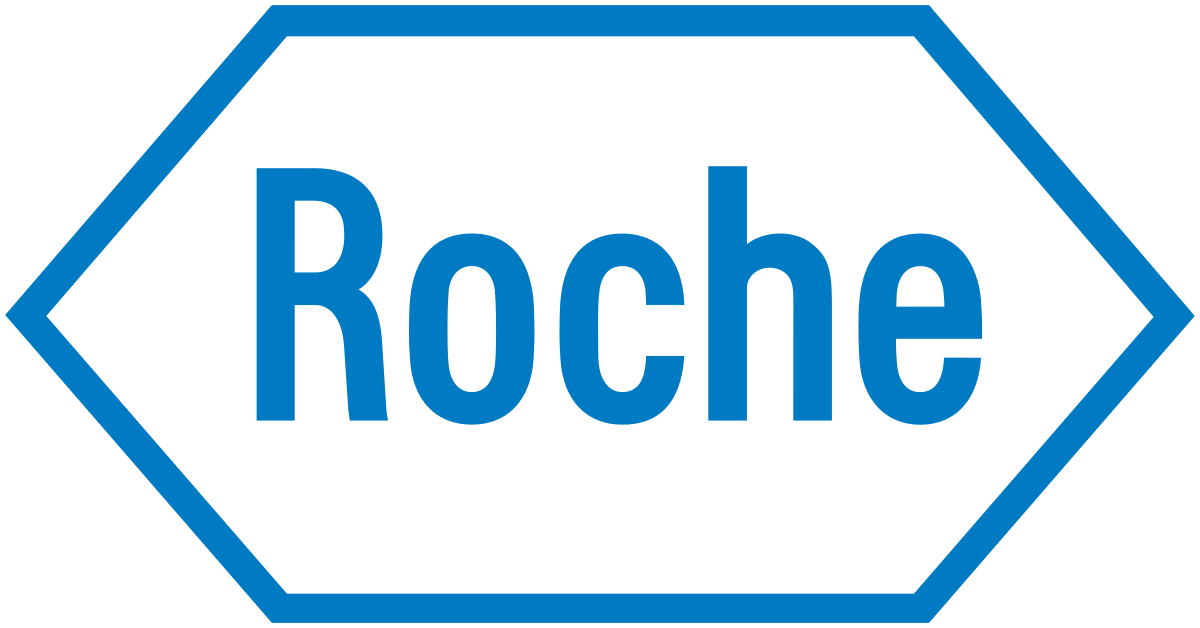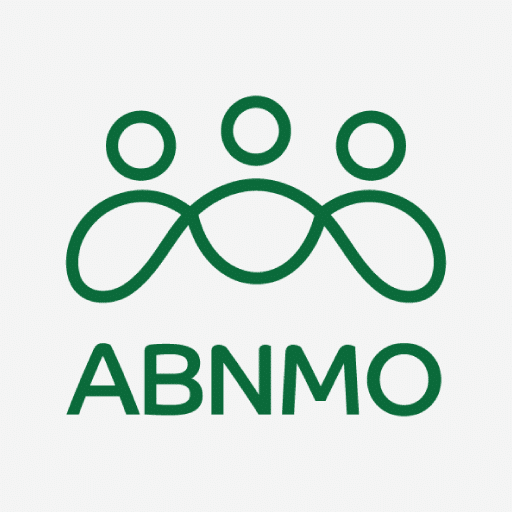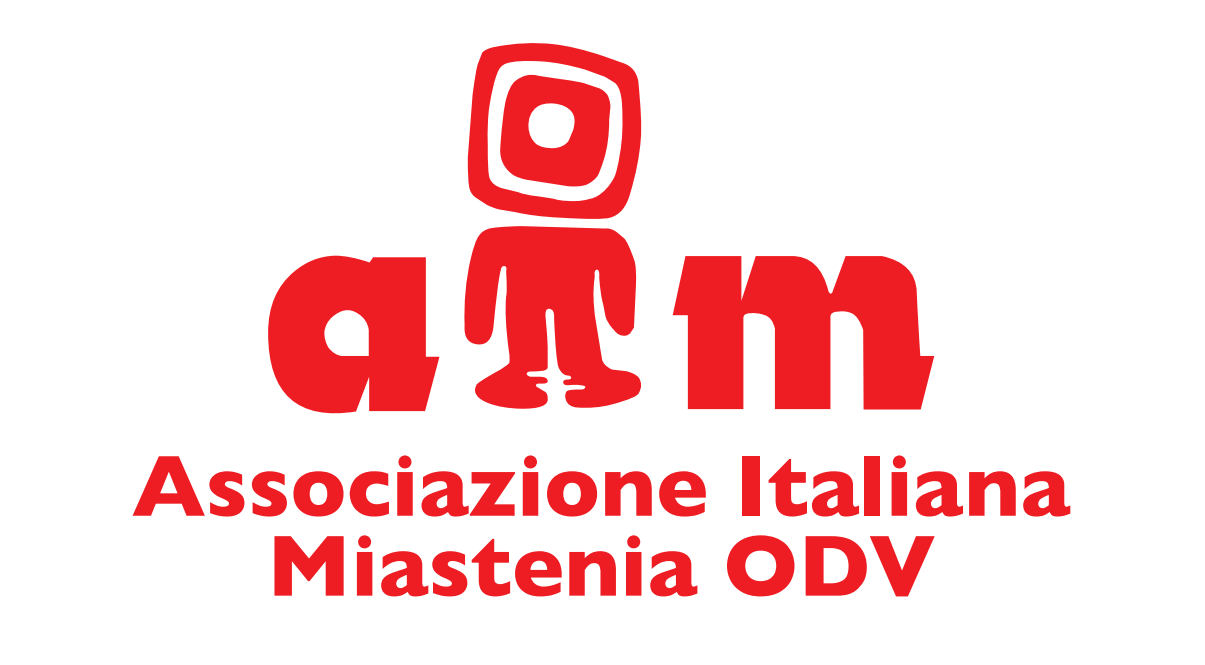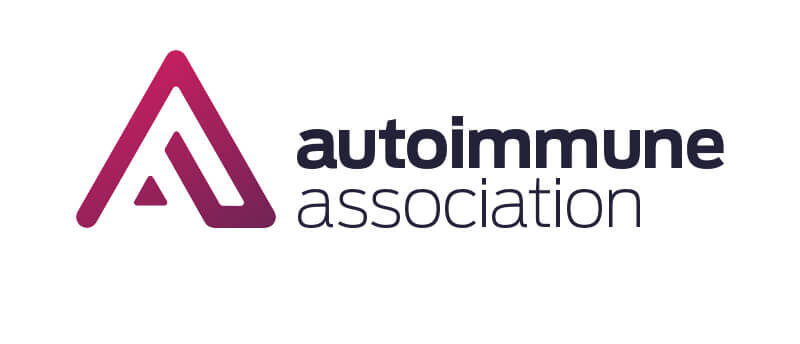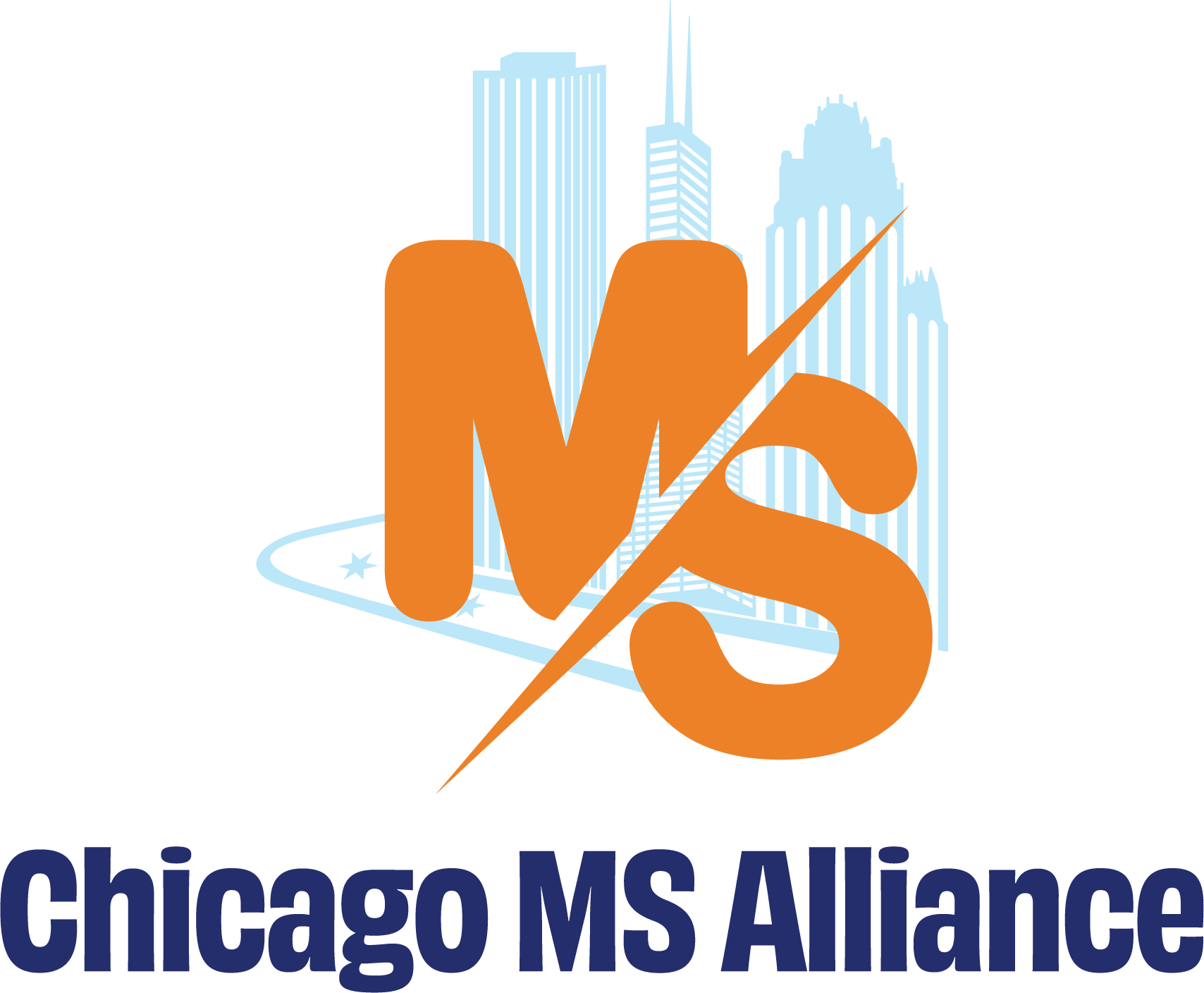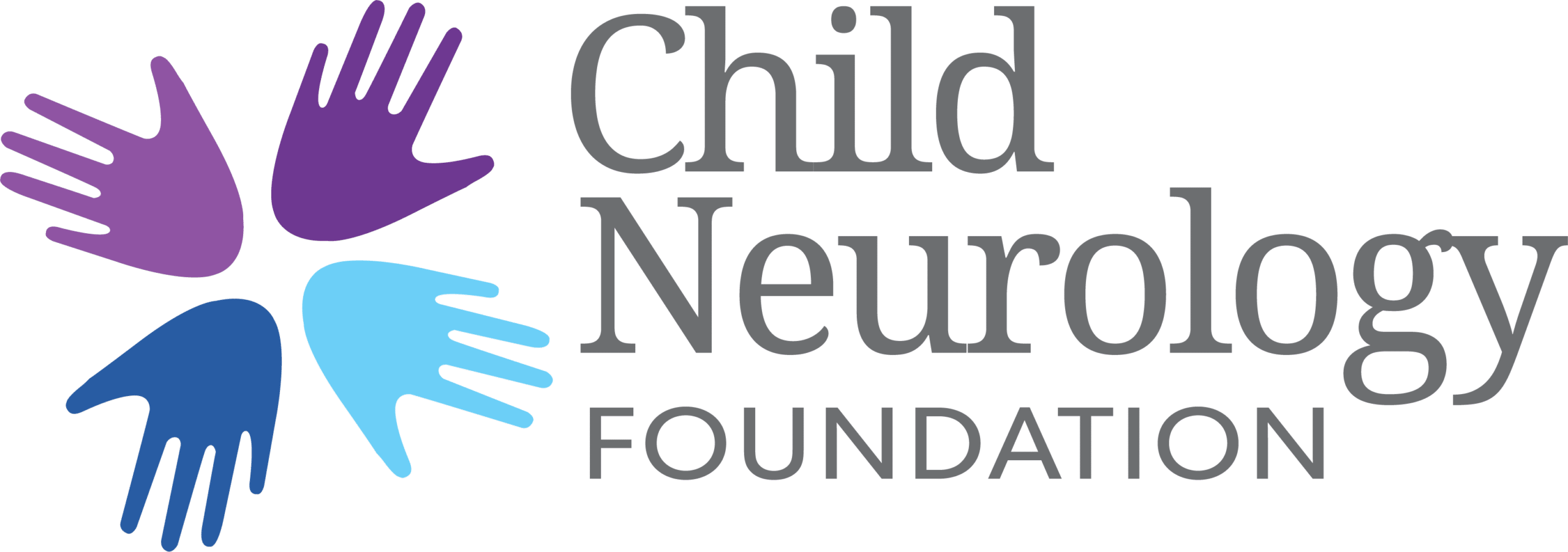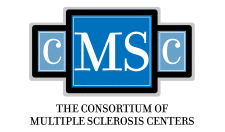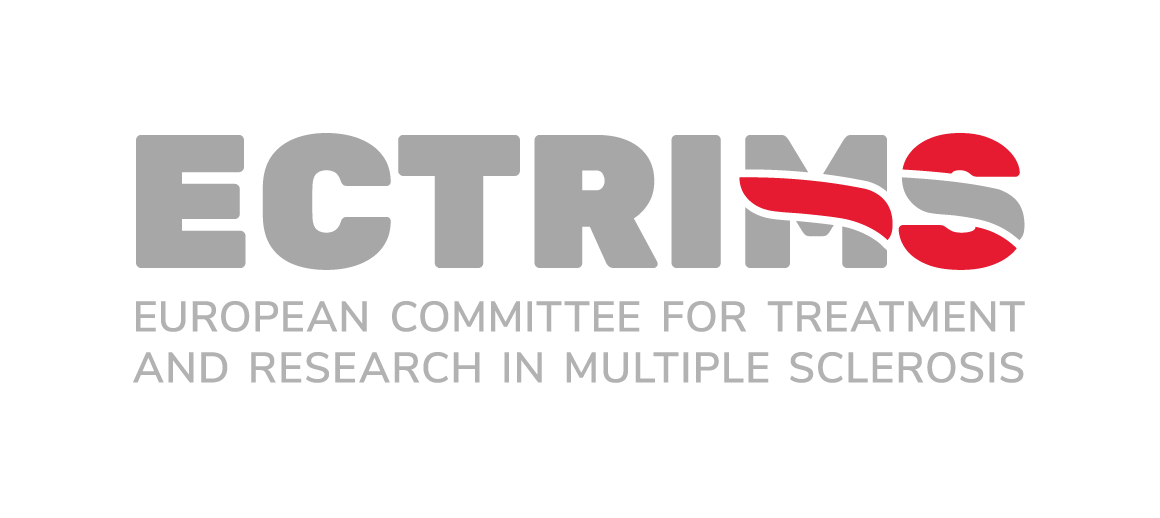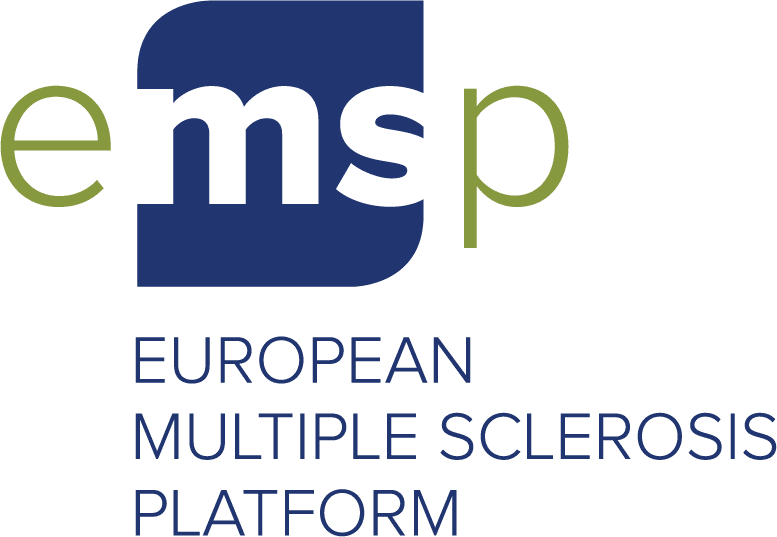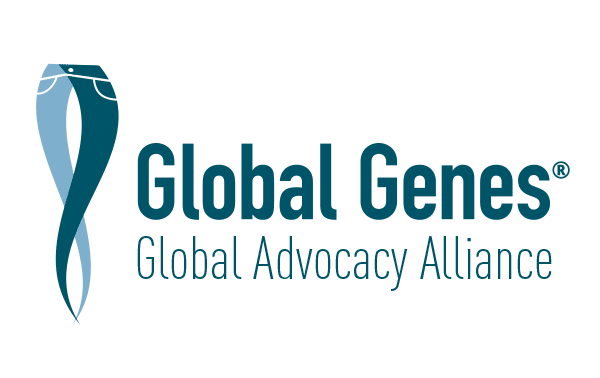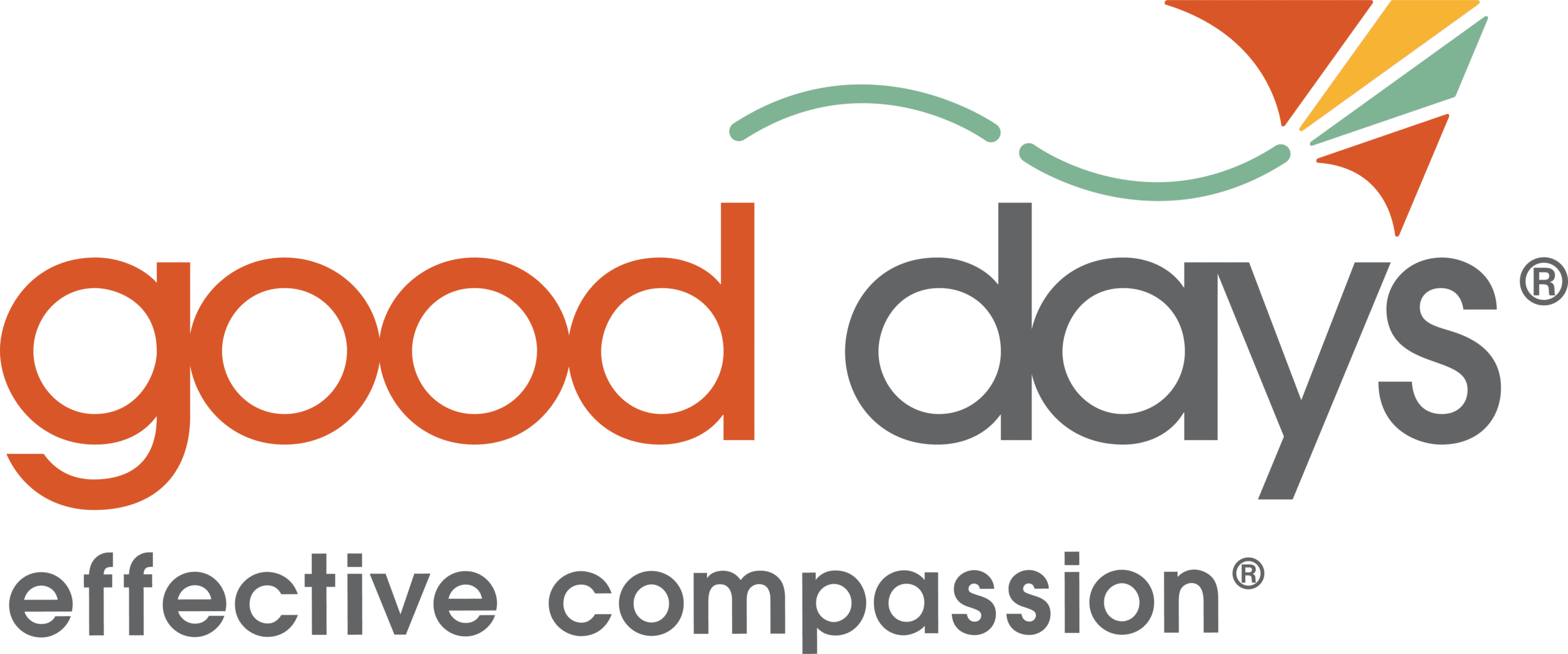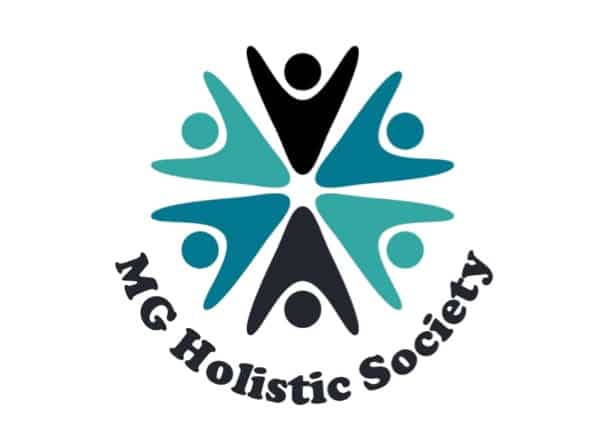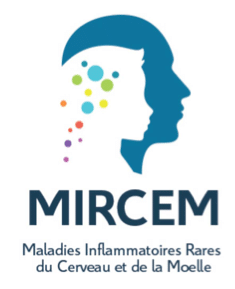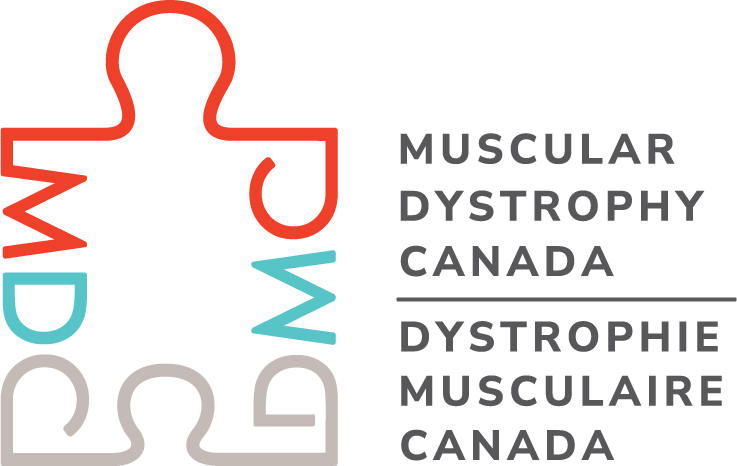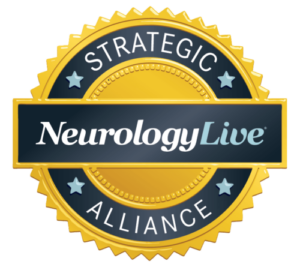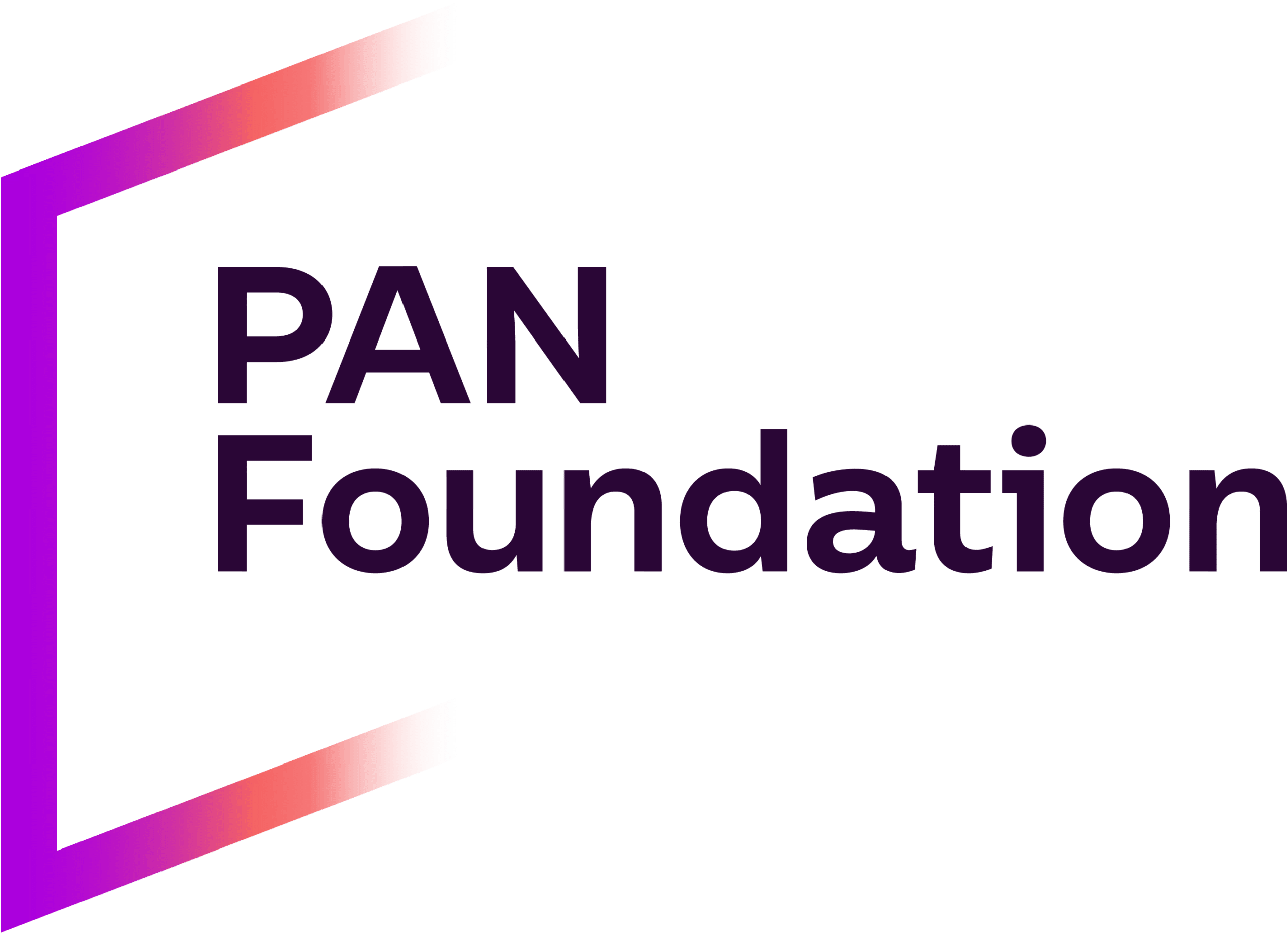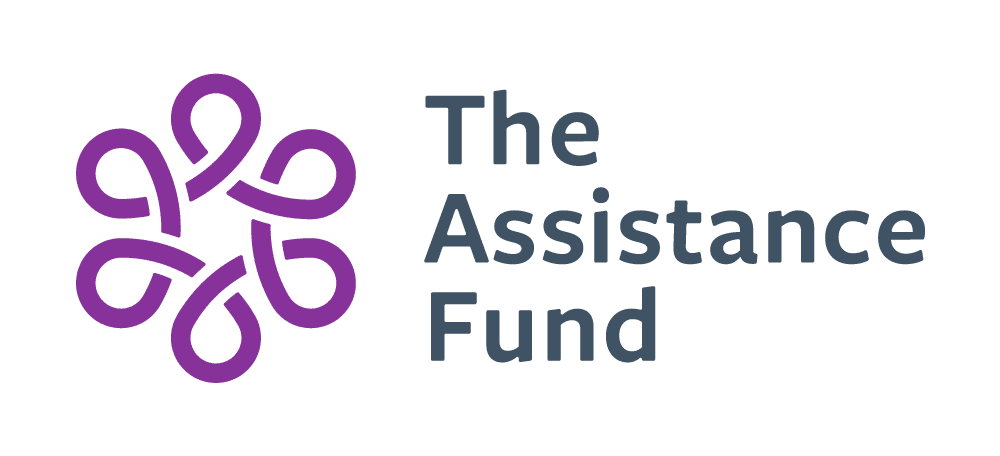Home » Research Summaries » Search Results
Archives: Research Summaries
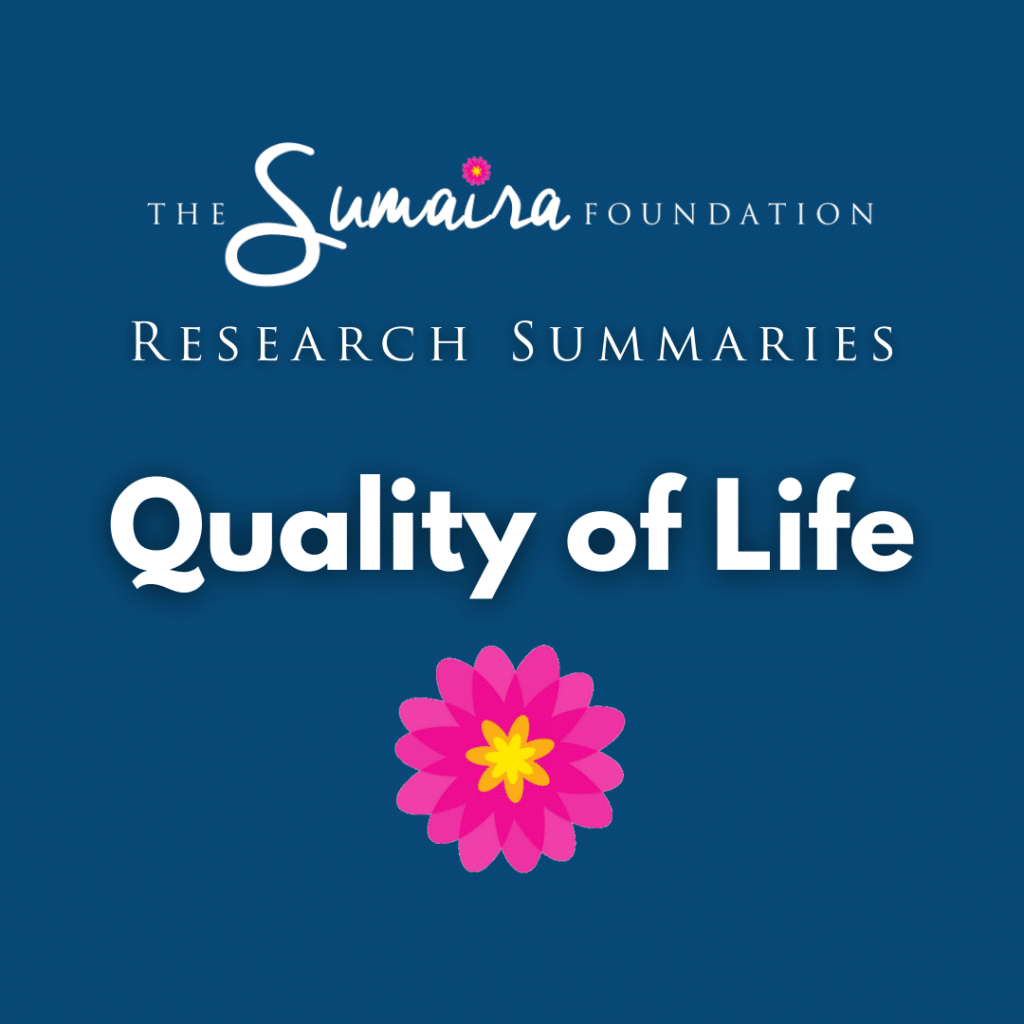
Journal: Journal of Neurology; July 8, 2024
Author(s): Hesham Abboud, Rongyi Sun, Nikhil Modak, Mohamed Elkasaby, Alexander Wang & Michael Levy
How common are movement disorders such as spasms, muscle contractions, and tremors in neuroimmune diseases?
Patients with conditions like NMOSD, MOGAD, and idiopathic transverse myelitis (ITM) that involve inflammation of the spinal cord often develop some spinal movement disorders, for example, involuntary spasms, muscle contractions, and tremors. Researchers in this study observed patients with NMOSD, MOGAD, and ITM from 2017 to 2021 to see what type of spinal movement disorders these patients develop and how commonly.
63 patients were evaluated at the neuroimmunology clinic of University Hospitals Cleveland Medical Center, United States — 12 of these patients had AQP4-positive NMOSD (testing positive for aquaporin-4 antibodies), 13 had seronegative NMOSD (testing negative for aquaporin-4 antibodies), 7 had MOGAD, and 31 had ITM.
Patients answered a survey related to movement disorders and underwent some specific tests for movement disorders.
Movement disorders were very common, with 46 (73%) of the 63 patients experiencing them. They were most common in AQP4-positive NMOSD patients (11 of 12, or 92%) and least common in MOGAD (4 of 7, or 52%).
The most common types of movement disorders were
- tonic spasms – sudden, painful tightening of muscles, often causing the body or limbs to stiffen for a few seconds.
- focal dystonia – specific muscles contract and hold the body in an abnormal posture
- spinal tremor – involuntary shaking or trembling of part of the body
- spontaneous clonus – a series of rapid, repeated muscle jerks
- secondary restless limb syndrome – a strong urge to move your legs because of a tingling or itching sensation inside the legs, especially while resting or sleeping
- spinal myoclonus – sudden, quick muscle jerks that come without warning, like a shock or a twitch
Movement disorders rarely started at the time of a relapse but weeks to months after a relapse, about 5 months after a relapse on average.
Patients who had long lesions (damage areas) along the spinal cord (on MRIs) and those who tested positive for aquaporin-4 antibodies tended to have a higher risk of developing movement disorders.
Patients who tested positive for anti-MOG antibodies and were of the African-American race tended to have a lower risk of developing movement disorders.
Related article: Pain in NMOSD and MOGAD: A Systematic Literature Review of Pathophysiology, Symptoms, and Current Treatment Strategies
Free Access: Full text
Read the full text

Journal: Multiple Sclerosis and Related Disorders; May 1, 2024
Author(s): Christina Kazzi, Rubina Alpitsis Terence J. O'Brien, Charles B. Malpas, Mastura Monif
Impact of NMOSD and MOGAD on thinking abilities and emotions
Neurological conditions like NMOSD and MOGAD can cause considerable strain on thinking (cognitive) abilities and have significant emotional (psychological) impact. This study discusses the impact of NMOSD and MOGAD on thinking abilities and emotional wellbeing.
Thinking abilities (cognitive function) seem to be affected in both NMOSD and MOGAD. In studies on NMOSD, patients often had problems with attention and speed of information processing. Compared to NMOSD, fewer studies on MOGAD are available, and only very few MOGAD patients in this study (especially patients who were diagnosed in childhood) showed problems with thinking abilities.
Regarding the emotional impact of NMOSD and MOGAD, patients with either condition had higher chances of experiencing depression and anxiety.
This study indicates a need for further research into the holistic wellbeing of NMOSD and MOGAD patients and for rehabilitation programmes to be developed that also address mental and emotional wellbeing, apart from physical treatment.
Related article: Cognition in patients with myelin oligodendrocyte glycoprotein antibody-associated disease: a prospective, longitudinal, multicentre study of 113 patients (CogniMOG-Study)
Free Access: Full text
Read the full text
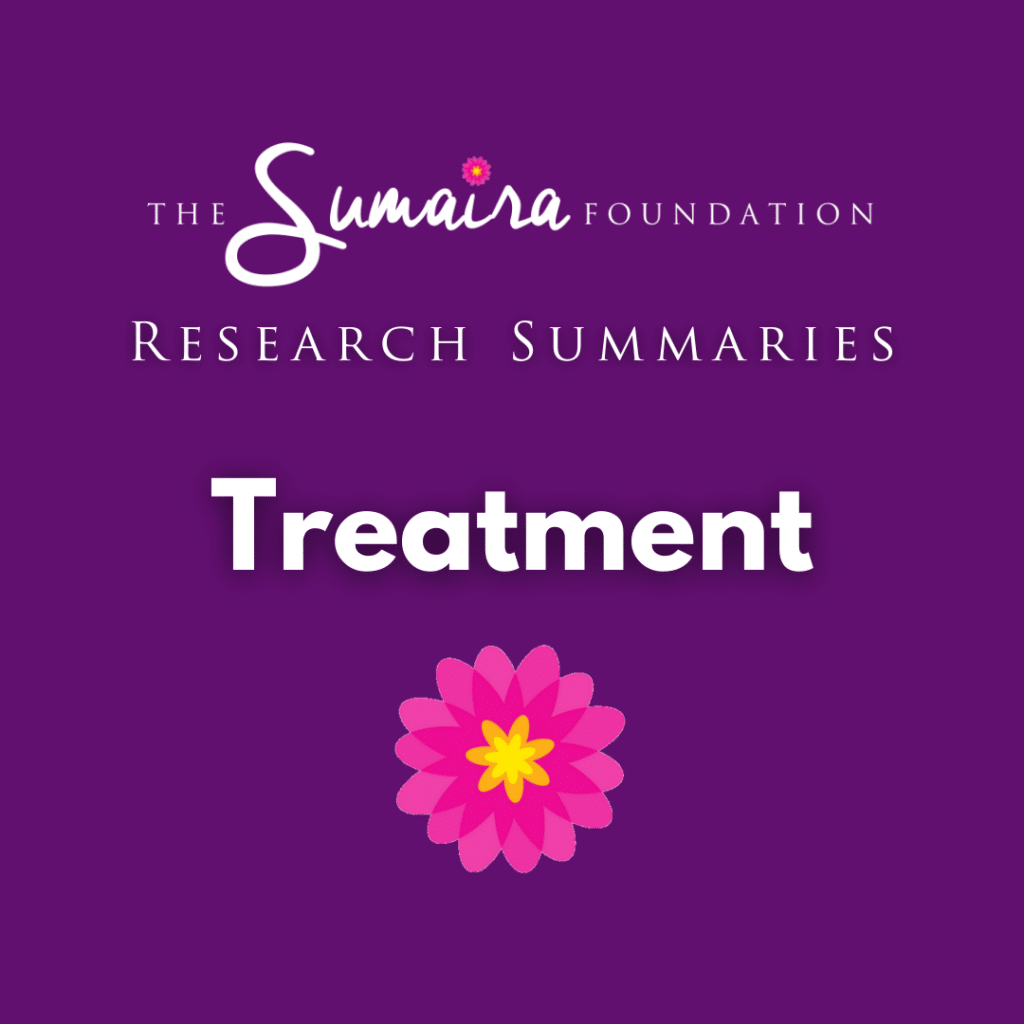
Journal: Journal of Neurology, Neurosurgery, & Psychiatry; December 1, 2024
Author(s): Vivien Häußler, Corinna Trebst, Daniel Engels, Hanna Pellkofer, Joachim Havla, Ankelien Duchow, Patrick Schindler, Carolin Schwake, Thivya Pakeerathan, Katinka Fischer, Marius Ringelstein, Gero Lindenblatt, Martin W Hümmert, Daria Tkachenko, Franziska Bütow, Katrin Giglhuber, Martina Flaskamp, Insa Schiffmann, Mirjam Korporal-Kuhnke, Sven Jarius, Eva Dawin, Lisa Revie, Makbule Senel, Mariella Herfurth, Annette Walter, Mosche Pompsch, Ingo Kleiter, Klemens Angstwurm, Matthias Kaste, Matthias Grothe, Jonathan Wickel, Paulus Stefan Rommer, Jörn Peter Sieb, Markus Krämer, Florian Then Bergh, Hayrettin Tumani, Luisa Klotz, Brigitte Wildemann, Orhan Aktas, Ilya Ayzenberg, Judith Bellmann-Strobl, Friedemann Paul, Tania Kümpfel, Tim Friede, Achim Berthele, Jan-Patrick Stellmann on behalf of the Neuromyelitis optica study group (NEMOS)
How are immunosuppressive treatments chosen and how effective are they in normal care?
In NMOSD or MOGAD, recurrent attacks can lead to severe disability in patients. This study assessed how immunosuppressive treatments are chosen for NMOSD and MOGAD patients in normal medical practice, how and when treatment approaches are changed, and how effective these treatments are.
This study included 493 patients with NMOSD—320 testing positive for aquaporin-4 antibodies (AQP4 positive) and 44 testing negative (seronegative NMOSD)—and 129 MOGAD patients.
These patient data were obtained from across 19 German hospitals and 1 Austrian hospital.
These data were obtained from databases (also called “registries”) recorded between 1975 and 2022.
Rituximab and azathioprine were the most widely used treatments for both NMOSD and MOGAD. In 2010, treatments typically used for multiple sclerosis (MS) were still being used for NMOSD and MOGAD in almost 20% cases, but by 2022, MS drugs were no longer being prescribed for NMOSD and MOGAD.
Since 2019, newly approved treatments for NMOSD—eculizumab, inebilizumab, ravulizumab, and satralizumab—have gradually increased in usage for AQP4-positive NMOSD.
Standard immunosuppressive treatment options were strongly effective in preventing relapses for NMOSD patients, but less so for MOGAD patients. The different medicines varied in their levels of effectiveness: azathioprine, rituximab, and eculizumab showed best results for AQP4-positive NMOSD.
Patients who had experienced one relapse while on a particular treatment were more likely to have subsequent relapses. This indicates that a change of treatment may be considered in the case of a relapse.
Related article: Understanding Treatment Decisions in Neuromyelitis Optica Spectrum Disorder: A Global Clinical Record Review with Patient Interviews
Free Access: Full text
Read the full text

Journal: Journal of Neurology; December 1, 2024
Author(s): Mihaela Nicolescu, Vivien Häußler, Friedemann Paul, Frederike Cosima Oertel, Patrick Schindler, Judith Bellmann Strobl, Markus Krumbholz, Martin W. Hümmert, Franziska Bütow, Daria Tkachenko, Corinna Trebst, Charlotte Schubert, Ilya Ayzenberg, Carolin Schwake, Thivya Pakeerathan, Katinka Fischer, Orhan Aktas, Marius Ringelstein, Markus Kraemer, Clemens Warnke, Matthias Grothe, Matthias Kaste, Klemens Angstwurm, Peter Kern, on behalf of the Neuromyelitis Optica Study Group (NEMOS)
How is vision and vision-related quality of life affected in NMOSD, MOGAD, and MS patients?
NMOSD and MOGAD often involve episodes of vision-related issues due to inflammation of the optic nerve (optic neuritis). This study aimed to assess how patients with NMOSD and MOGAD view their quality of life in terms of vision when compared with patients with multiple sclerosis (MS) and with healthy individuals.
Data from various eye and vision tests was collected from previous a German database (called the German NEMOS registry). The data included 393 patients with NMOSD or MOGAD. Their vision test results were compared with those of 76 patients with MS and 85 healthy individuals.
Along with the data from the vision tests, standard questionnaires were used to ask the participants how their viewed their own quality of life with regard to general health, general vision, driving, and daily activities and ability to perform their roles. Patients were observed and checked on for 1 year and 2 months on average.
Compared to healthy individuals, all patients, including those with NMOSD, MOGAD, and MS, had worse quality of life related to vision at similar levels, even though the MOGAD patients were younger on average. Quality of life was most affected in terms of general health, followed by general vision, driving, and finally ability to perform life activities and roles.
The number of optic neuritis attacks was strongly linked with poorer vision-related quality of life. Also optic neuritis attacks may cause greater and more long-lasting damage to vision in NMOSD and MOGAD than in MS. Vision-related quality of life seems to have a stronger link with age than with the duration of disease—older patients were affected more.
Related article: The neuro-ophthalmological manifestations of NMOSD and MOGAD—a comprehensive review
Free Access: Abstract only
Read the abstract

Journal: Multiple Sclerosis and Related Disorders; November 1, 2024
Author(s): Hyun Ji Lyou, Ha Young Shin, Hye Lim Lee, Young Nam Kwon, Seong-il Oh, Jeeyoung Oh, Eun Bin Cho, Sunyoung Kim, Seol-Hee Baek, Byung-Jo Kim, Eunhee Sohn, Jin Myoung Seok, Ju-Hong Min, Seung Woo Kim, Byoung Joon Kim
Comparing quality of life in NMOSD and MOGAD patients in South Korea
Quality of life in terms of physical and emotional wellbeing has been studied more extensively in NMOSD than in MOGAD. This study aimed to compare quality of life in MOGAD patients and NMOSD patients.
This study evaluated and compared the quality of life of 41 patients with MOGAD and 78 with aquaporin-4-antibody (AQP4-IgG)-positive NMOSD across several hospitals in South Korea. Standard assessments approved by the World Health Organization were used to assess quality of life in various terms, such as how the patients fared physically, socially, and emotionally. In addition, sleep quality, levels of pain, fatigue, and depression were also assessed.
In general, quality of life was similarly affected in both conditions. While pain was more common in patients with NMOSD, those MOGAD patients who experienced pain reported worse physical and emotional quality of life. Almost 50% patients with MOGAD experienced depression, which affected their emotional quality of life.
Even though the disease duration was shorter and the level of disability was less in MOGAD patients than in NMOSD patients in this study, the number of patients experiencing sleep problems, fatigue, and depression was similar for both diseases.
From the results, it seems patients who tested positive for anti-MOG-antibodies had a worse quality of life than those who tested positive for anti-AQP4-antibodies, regardless of other factors like sleep quality, fatigue, depression and pain. This possible correlation needs to be explored further.
Related article: The psychological burden of NMOSD – a mixed method study of patients and caregivers
Free Access: Abstract only
Read the abstract

Journal: PLOS One; March 29, 2024
Author(s): Darcy C Esiason, Nicole Ciesinski, Chelsi N Nurse, Wendy Erler, Tom Hattrich, Ankita Deshpande, C Virginia O'Hayer
The emotional burden of NMOSD on patients and caregivers
Neuromyelitis optica spectrum disorder (NMOSD) is an autoimmune disease where inflammation of the central nervous system can cause very sudden drastic symptoms like vision loss, eye pain, paralysis, and loss of normal bladder/bowel function.
Because it is rare, unpredictable, and often disabling, NMOSD places a heavy psychological strain on both patients and their caregivers. This study aimed to understand that emotional impact in detail.
The study involved 31 adults with NMOSD and 22 caregivers from the US and Canada. The researchers used a series of survey questionnaires (standard psychological assessments), group discussions, and interviews to evaluate the study participants on anxiety, depression, coping style, trauma, how well they were able to adjust to the circumstances, and whether they were able to live according to their values.
Patients commonly reported anxiety, depression, difficulty adjusting (called “cognitive fusion”), resorting to coping strategies like avoiding emotions, and struggling to live according to their personal values. Caregiver patterns closely mirrored those of the patients they cared for, but the emotional challenges were more for patients than for caregivers.
Themes that emerged in the group discussions and interviews included
- Lack of trust in medical professionals
- Lack of support immediately after diagnosis
- Strained personal relationships
- Difficulty in living according to personal values and preferred choices
- Need to suppress feelings and avoid confronting stress
This study highlights the need for dedicated support and interventions that address the psychological impact of NMOSD.
Related article: The prevalence of depression, anxiety, and sleep disturbances in patients with neuromyelitis optica spectrum disorders (NMOSD): A systematic review and meta-analysis
Free Access: Full text
Read the full text

Journal: Journal of Neurology, Neurosurgery, & Psychiatry; July 30, 2024
Author(s): Sarah Passoke, Carlotta Stern, Vivien Häußler, Tania Kümpfel, Joachim Havla, Daniel Engels, Sven Jarius, Brigitte Wildemann, Mirjam Korporal-Kuhnke, Makbule Senel, Jan-Patrick Stellmann, Clemens Warnke, Matthias Grothe, Rasmus Schülke, Stefan Gingele, Julian Reza Kretschmer, Luisa Klotz, Annette Walter, Florian Then Bergh, Orhan Aktas, Marius Ringelstein, Ilya Ayzenberg, Carolin Schwake, Ingo Kleiter, Pia Sophie Sperber, Rebekka Rust, Patrick Schindler, Judith Bellmann-Strobl, Friedemann Paul, Bruno Kopp, Corinna Trebst, Martin W Hümmert on behalf of the Neuromyelitis Optica Study Group (NEMOS)
How does MOGAD affect cognitive function (thinking and language-processing skills) over time?
This study aimed to assess to what extent and in what way cognitive function, that is, thinking and language-processing abilities, and are affected in MOGAD patients over time. In this study, researchers tested thinking abilities in 122 patients with MOGAD across specialist centers at the time of diagnosis, 1 year later, and 2 years later. They evaluated how fast patients could perform functional activities in response to visual cues (visuomotor processing speed) and how well patients could find and use words (semantic fluency). They also looked at brain scans to see if brain damage (lesions) corresponded to decreased levels of cognitive function. The study found that at the time of diagnosis, as compared to healthy individuals, MOGAD patients had some difficulty with thinking tasks, especially tasks involving word-finding and reacting quickly to visual cues. About 1 in 10 patients (11%) had problems in more than one area of thinking. However, their thinking skills did not get worse over the 2-year period in which they were observed. Patients with brain damage (lesions) tended to have worse results in the tests for thinking and language-processing skills.
Related article: Cognitive and psychopathological features of neuromyelitis optica spectrum disorder and myelin oligodendrocyte glycoprotein antibody-associated disease: A narrative review
Free Access: Full text
Read the full text
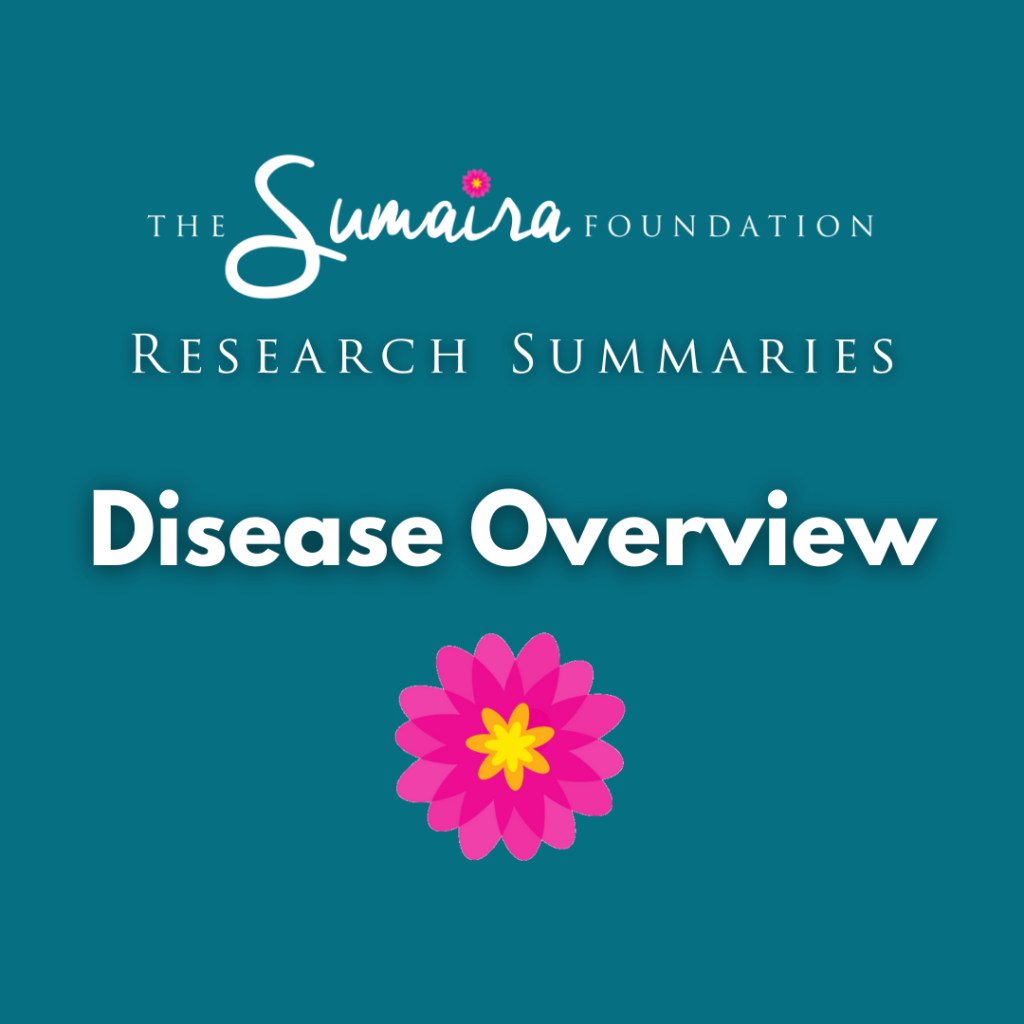
Journal: Autoimmunity Reviews; January 3, 2025
Author(s): Benjamin P Trewin, Fabienne Brilot, Stephen W Reddel, Russell C Dale, Sudarshini Ramanathan
Disease features, treatment, and results in about 4700 MOGAD patients globally
This large-scale comprehensive review brings together information from nearly 4,700 patients worldwide to provide a better understanding of how MOGAD looks on clinical exams and imaging, how it is treated, and how patients fare.
Authors reviewed articles from 2007 to 2022 and identified 194 unique groups of patients, representing 4699 children and adults with MOGAD from 31 countries.
The most common symptom at the first instance of the disease was inflammation of the optic nerve (optic neuritis). At the last recorded check-up, the most common symptom was recurrent optic neuritis.
In studies where patients were observed for only 6 months to 2 years, only 47% patients had relapses, but when the patients were observed for longer — beyond 5 years — 72% patients had relapses. After the first episode, children usually had their first relapse within 6 months, while adults had their first relapse within 17 months.
Brain MRI scans at the time of diagnosis looked normal more often in adults with MOGAD (50% cases) than in children (27% cases). On the other hand, adults more often showed areas of damage in the spinal cord and optic nerve.
Data about treatments and their results were available for 3031 patients who were observed for 2 years and 8 months (32 months) on average. Almost everyone (97%) received fast-acting immunosuppressive treatment (e.g., steroids) during an attack, while about 64% continued with ongoing immunosuppressive treatments later. Treatment types varied a lot by country/region.
For most patients, disability levels and vision had improved from their worst point to their most recent check-up.
This large-scale review shows that relapsing MOGAD may be more common than originally thought. While most patients show improvement in disability with immunosuppressive treatment, the fact that they complain of recurrent optic neuritis suggests that patients might struggle with visual disability in the long term.
Related article: Myelin oligodendrocyte glycoprotein antibody-associated disease (MOGAD): current understanding and challenges
Free Access: Full text
Read the full text

Journal: Journal of Clinical Neurology; July 1, 2025
Author(s): Ji Yeon Han, Soo Yeon Kim, Woojoong Kim, Hunmin Kim, Anna Cho, Jieun Choi
What does relapsing MOGAD look like in children? A study from South Korea
This study aimed to understand the features of relapsing MOGAD in children. Researchers looked at medical records from 100 children with MOGAD (aged <18 years) at Seoul National University Children’s Hospital between January 2010 and January 2022. Of these, 43 children experienced at least one relapse. Most children first showed symptoms at about the age of 7 years. The children were observed for 5 years and 4 months (65 months) on average, during which time most children had 2 relapses. 15 of 43 (35%) patients had their first relapse within 3 months of their first episode. The most common features of the first episode were inflammation of the brain (acute disseminated encephalomyelitis) or optic nerve (optic neuritis). The symptoms at the time of relapses were varied, with some patients showing symptoms similar to neuromyelitis optica spectrum disorder (NMOSD), some showing repeated episodes of brain or optic nerve inflammation, and others showing mixed symptoms. Overall the findings showed that MOGAD tends to relapse early among children and can have varied symptoms at the time of relapse.
Related article: Attack phenotypes and disease course in pediatric MOGAD
Free Access: Full text with visual abstract
Read the full text
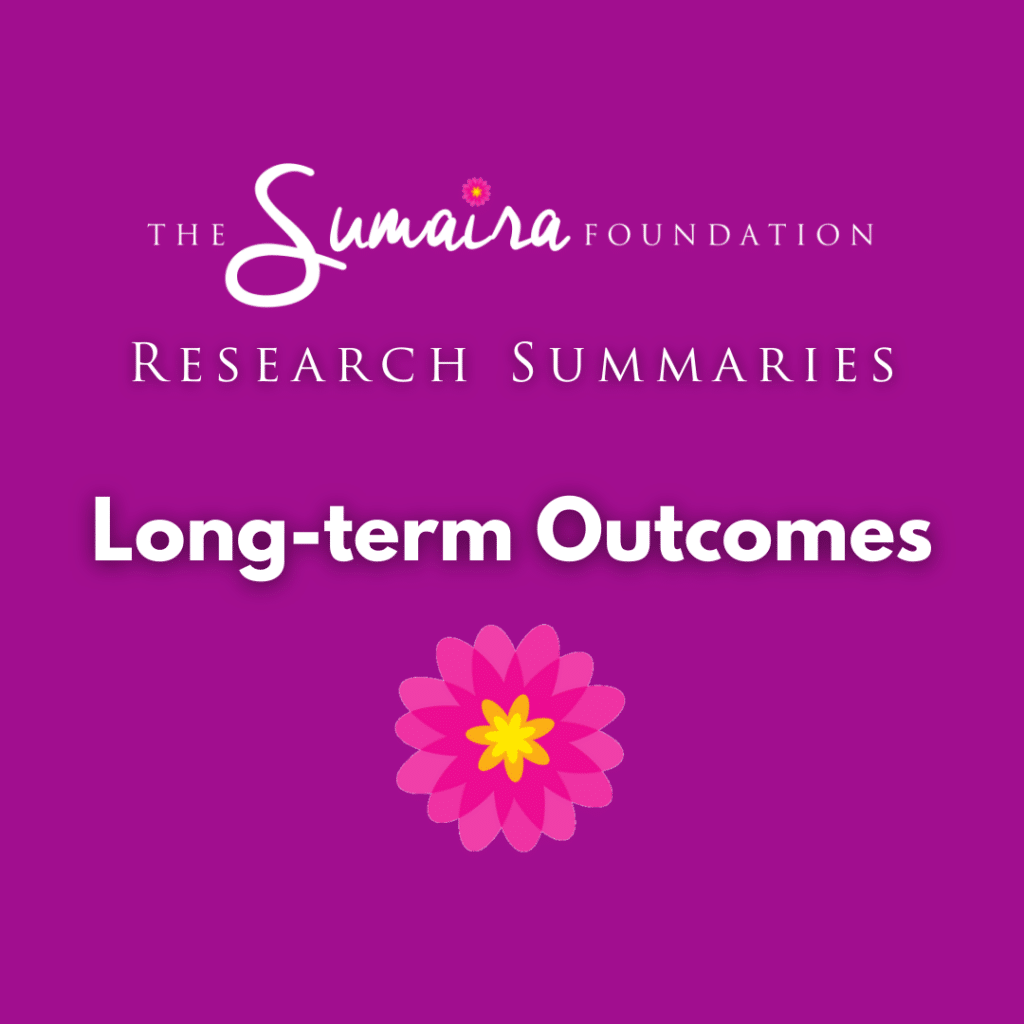
Journal: Annals of Neurology; December 12, 2023
Author(s): Ankelien Duchow, Judith Bellmann-Strobl, Tim Friede, Orhan Aktas, Klemens Angstwurm, Ilya Ayzenberg, Achim Berthele, Eva Dawin, Daniel Engels, Katinka Fischer, Martina Flaskamp, Katrin Giglhuber, Matthias Grothe, Joachim Havla, Martin W. Hümmert, Sven Jarius, Matthias Kaste, Peter Kern, Ingo Kleiter, Luisa Klotz, Mirjam Korporal-Kuhnke, Markus Kraemer, Markus Krumbholz, Tania Kümpfel, Lisa Lohmann, Marius Ringelstein, Paulus Rommer, Patrick Schindler, Charlotte Schubert, Carolin Schwake, Makbule Senel, Florian Then Bergh, Daria Tkachenko, Hayrettin Tumani, Corinna Trebst, Ioannis Vardakas, Annette Walter, Clemens Warnke, Martin S. Weber, Jonathan Wickel, Brigitte Wildemann, Alexander Winkelmann, Friedemann Paul, Jan-Patrick Stellmann, Vivien Häußler, on behalf of the Neuromyelitis Optica Study Group (NEMOS)
How does disability progress in NMOSD and MOGAD?
This study aimed to assess how disability progresses in patients with NMOSD and MOGAD in relation to the time since diagnosis, number of attacks, and patient’s age. The study involved 483 patients: 298 aquaporin-4 (AQP4)-positive NMOSD patients, 52 seronegative NMOSD patients (testing negative for both AQP4 and MOG antibodies), and 133 MOGAD patients. Disability progression was assessed in terms of
- when milestones were reached as per the Expanded Disability Status Scale (EDSS) and
- the frequency of relapses.
Even though the average number of relapses per year were similar between NMOSD and MOGAD patients, NMOSD patients tended to show greater levels of disability after fewer attacks than MOGAD patients. In all cases, patients who were older when they were first diagnosed were likelier to have higher levels of disability. But the risk of new disabilities developing decreased as the time living with the disease increased.
This research highlights that NMOSD can have an aggressive disease course compared to MOGAD in terms of disability accumulation. Prompt diagnosis and treatment is crucial to improve patient outcomes.
Related article:
Free Access: Full text
Read the full text












